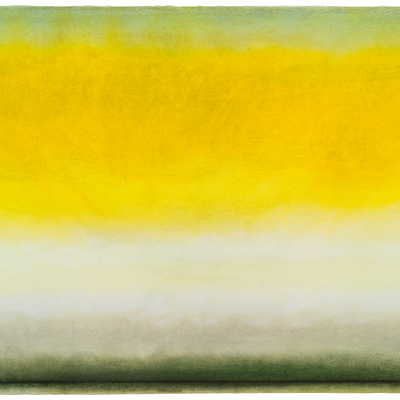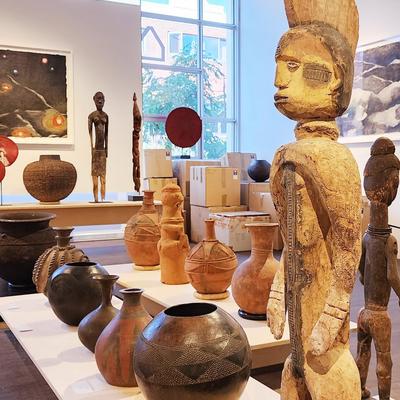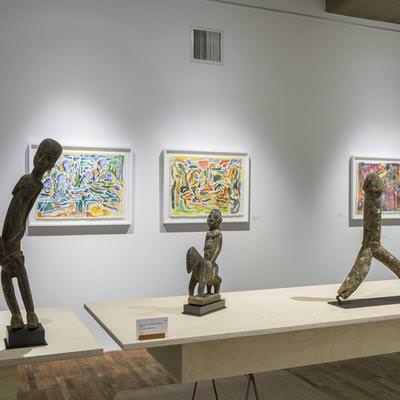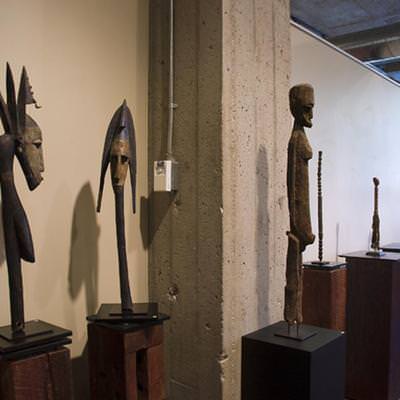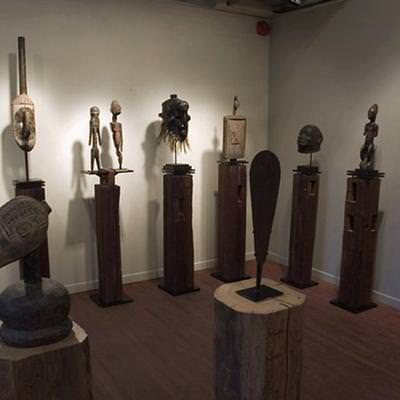African Art: l'art des formes brings together close to 150 objects carved from wood or created in ceramics, metal, leather and fabric, and is the third annual exhibition of first art to be shown at Galerie Simon Blais. The exhibition, which was mounted with the assistance of renowned New York collector and private dealer Michael Oliver, whose offer to lend a selection of works from the personal collection he has acquired over the last 35 years launched this project, presents both ritual and everyday objects, all of which are imbued with a remarkable three-dimensional beauty. Ranging from the decorated wood beer or milk jugs used by South Africa’s Zulu nomads, as well as their pottery dating from the mid-20th century, to ceramic pieces from the ancient city of Djenné in Mali (found during the course of archaeological excavations and almost 1,000 years old!), all of these objects are embellished with the richest of painted or sculpted patterns, eliciting the wonder and amazement of collectors and curators who normally move within the contemporary art scene.
Stools, whether featuring a restrained simplicity or an exuberance of carved motifs, made by the Nupe people of Nigeria and the Ashanti of Ghana, elegant, skilfully decorated headrests from Sudan—the exotic beauty of these pieces fascinates us, even though their primary function is purely utilitarian. And they all exhibit the marks of centuries of use, resulting in a patina that has polished the hardwood surfaces on which artists have added designs of an often exceptional sophistication.
These objects spotlight the unique characteristics of each of the cultures represented in this exhibition—through their form, the iconography of the designs with which they are decorated and the materials from which they are made, as well as the clear indications of antiquity and everyday or ritual use.
From Nigeria, five Ibo temple doors with geometric bas-reliefs carved out of iroko, an extremely hard type of wood, and, from Mali, three Dogon ladders, show signs of long service: they would have been made almost 100, and sometimes many more, years ago. A Senufo birthing chair from Côte d’Ivoire is perhaps the most striking piece in this exhibition, its heavy wear evidence of countless utilizations throughout the decades following its creation in the 19th century.
